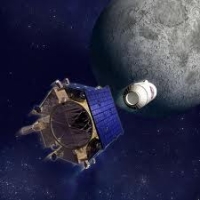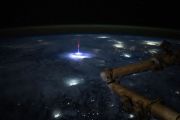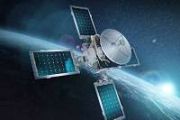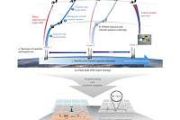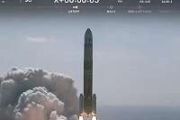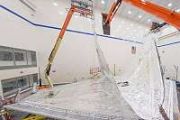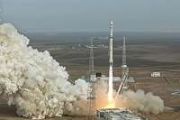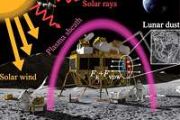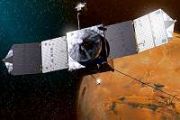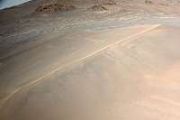The Lunar Crater Observation and Sensing Satellite (LCROSS) was a robotic spacecraft operated by NASA. It was launched in 2009.
The mission was conceived as a low-cost means of determining the nature of hydrogen detected at the polar regions of the moon.The main LCROSS mission objective was to explore the presence of water ice in a permanently shadowed crater near a lunar polar region. It was successful in discovering water in the southern lunar crater Cabeus.
It was launched together with the Lunar Reconnaissance Orbiter (LRO) on June 18, 2009, as part of the shared Lunar Precursor Robotic Program, the first American mission to the Moon in over ten years. Together, LCROSS and LRO form the vanguard of NASA's return to the Moon, and are expected to influence United States government decisions on whether or not to colonize the Moon.
LCROSS was designed to collect and relay data from the impact and debris plume resulting from the launch vehicle's spent Centaur upper stage (and data collecting Shepherding Spacecraft) striking the crater Cabeus near the south pole of the Moon.

